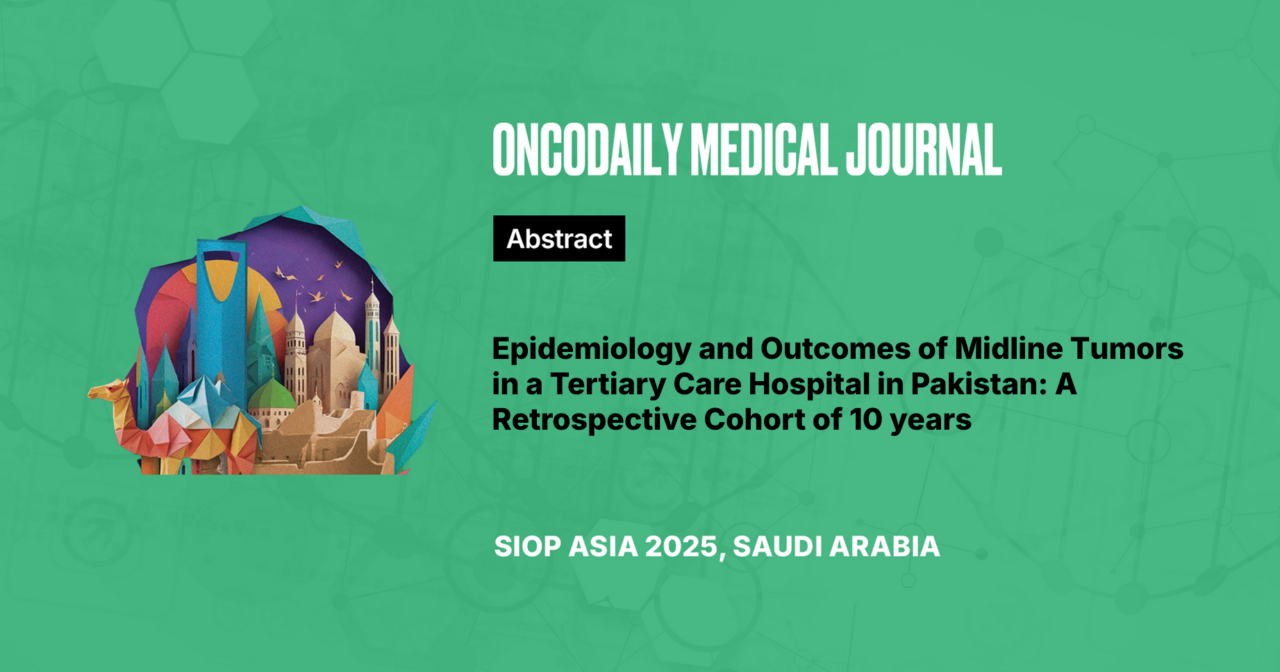Epidemiology and Outcomes of Midline Tumors in a Tertiary Care Hospital in Pakistan: A Retrospective Cohort of 10 years
Abstract
Introduction: Diffuse midline gliomas (DMGs) are among the most devastating pediatric cancers, accounting for approximately 20% of all pediatric central nervous system tumors. DMGs include all diffuse intrinsic pontine gliomas (DIPG), previously usually used for only pontine gliomas, to emphasize that these lesions are not solely centered in the brainstem. In this retrospective review, we aim to report the incidence and outcomes of all midline tumors in a tertiary care setup.
Methodology: Data were collected retrospectively from the medical records at Aga Khan University Hospital between 2013 – 2023. All patients <18 with midline tumors (brainstem, thalamus, and spinal cord) were reviewed; 102 patients were included. Few tumor samples were also sent to Sick Kids, Toronto, for molecular testing.
Results: Our cohort represents 102 patients with midline tumors; a median age of 11 years (interquartile range (IQR): 7.75-15 years), with similar male-to-female ratio. Most patients presented with limb weakness and headache (median duration: 1.5 months, IQR: 1-4 months). The most common tumor site was brainstem, followed by spine and thalamus. Surgery was performed on 66 patients, including 2 DIPGs, 15 low-grade gliomas, 13 ependymomas, 8 high-grade gliomas, and 16 patients with other tumors. All of the patients diagnosed with DMG had H3K27 alteration on immunohistochemistry.
Thirty-six patients were diagnosed via radiology: 33 DIPG and three tectal plate glioma. Only 10 patients received chemotherapy, and 24 patients had radiation therapy. Surgical resection and radiation correlated significantly (p<0.001) amongst different tumors. Overall survival was 53.9%, with 47 events. This was significantly influenced by different tumor pathology (p<0.001).
Conclusion: Our study depicts poor outcomes of patients diagnosed with DMG and DIPG amongst all midline tumors, regardless of radiation therapy or concurrent chemoradiotherapy. To improve the survival of all midline tumors, there is a need for more affordable specialized centers across low- and middle-income countries.





